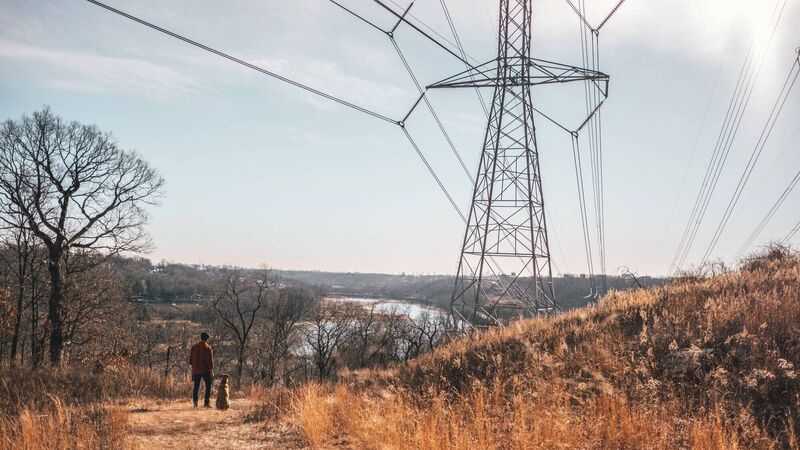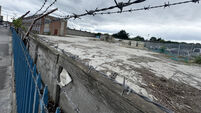Storms, cyberattacks and data centres could wreak havoc on electricity supply

In the case of a blackout from a cyberattack or an 'insider attack', this could cause disruption for up to two days followed by a 'lengthy restoration period', CRU said.
Ireland could face a number of electricity “crises” in the coming years, with storms, tech failures, and a surge in demand from data centres all having the potential to wreak havoc.
Furthermore, a cyberattack to entities connected to the grid could have a “disastrous” impact, with “wide-scale blackouts”, although such a possibility is rated “unlikely” by the energy regulator.
Every four years, the Commission for Regulation of Utilities (CRU) must set out its risk-preparedness plan for the electricity sector. A crisis is defined as a “present or imminent situation in which there is a significant electricity shortage” or “in which it is impossible to supply electricity to customers”.
CRU said its plan covers the steps that would be required to minimise the disruption caused to customers in the event of one of these scenarios occurring, and also preventing them from happening in the first place.
A potential electricity security of supply risk was recently identified for Ireland, impacting the period up to and including winter 2025/6, according to CRU. It said it had taken a number of measures to address this.
In all, 28 risks were identified, with the impact, likelihood and risk of each scenario outlined.
“It is important to note that most scenarios have been considered as individual events, and that whilst the likelihood of simultaneous occurrences of multiple scenarios at any given point in time is lower, the impact would be more significant,” the regulator said.
Of the potential for extreme weather events, only impact from storms and heavy rain/flooding are deemed possible or likely by CRU.
However, while a heatwave or dry spell causing a crisis for electricity supply is rated “unlikely”, an impact of such an event would be critical and last up to 10 days.
In the case of a storm, this would also have a critical impact, with the potential to take down major transmission and distribution infrastructure.
In the case of a blackout from a cyberattack or an “insider attack”, this could cause disruption for up to two days followed by a “lengthy restoration period”, CRU said. However, both were said to be “unlikely” to happen.
Turning to primary equipment failure, the regulator said the simultaneous forced outage of two or more major power plants was “very likely” to happen and could have a “major impact”. It said it was considered very likely “based on recent experience”.
Since the war in Ukraine, a shortage of fossil fuels including natural gas is deemed very likely but would not have a major impact.
Furthermore, a shortage in renewable energy such as low wind is also deemed very likely but with a similar lack of impact in terms of causing a crisis in the system.
Industrial action is also deemed unlikely to have a significant impact on the electricity system.
One risk deemed “very likely” and also with the potential for a major impact is a rapid growth in demand.
CRU said: “Ireland’s demand growth has significantly exceeded the EU average in recent years and is predicted to grow rapidly and beyond normal expected economic patterns in the coming years, primarily due to increasing development of data centres.
“This is anticipated to give rise to an adequacy gap with inadequate capacity to supply this demand.”
Check out the Irish Examiner's WEATHER CENTRE for regularly updated short and long range forecasts wherever you are.













